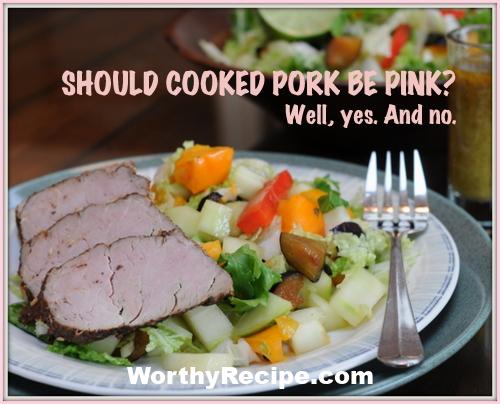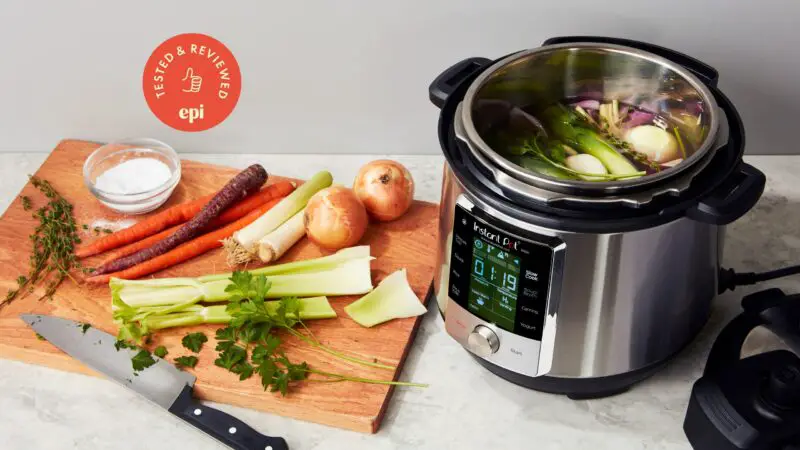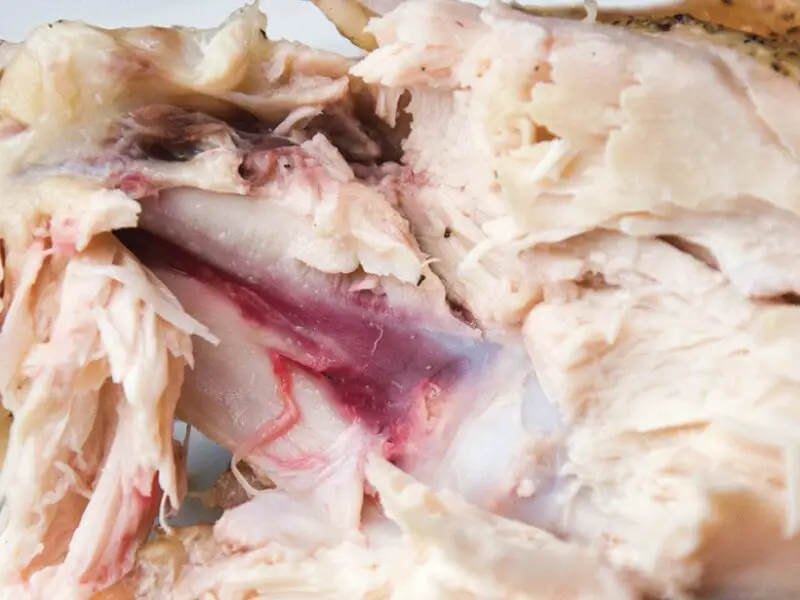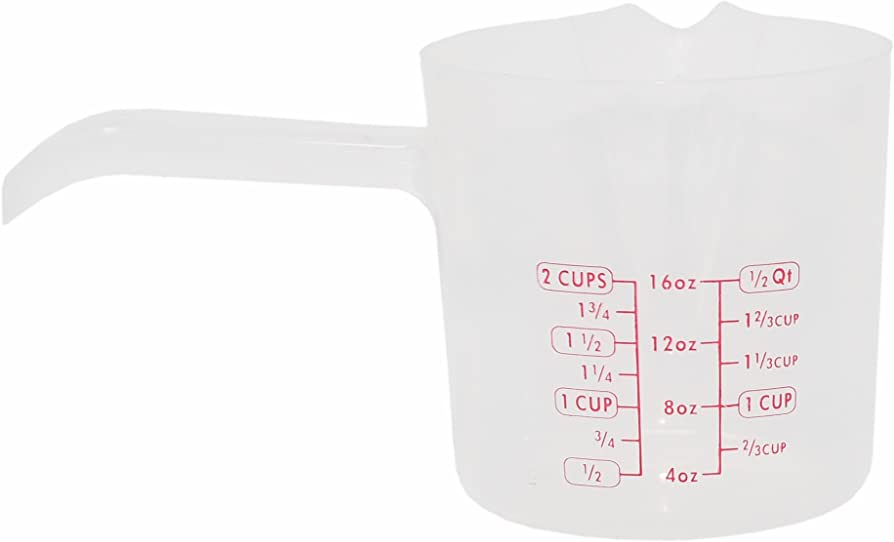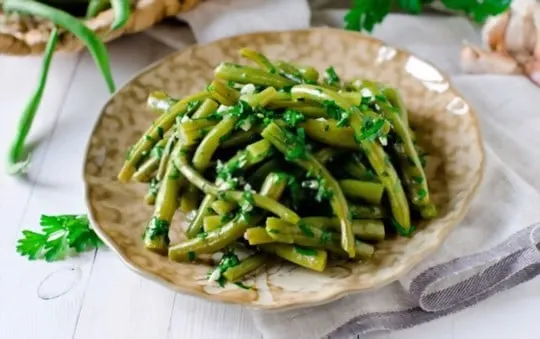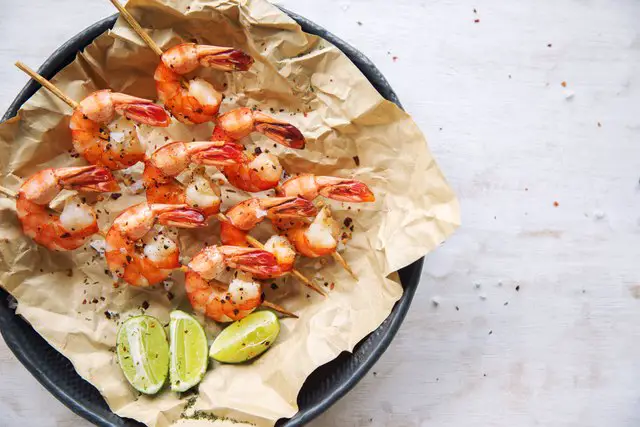When it comes to cooking pork, boiling is often seen as a divisive issue – some swear by it while others think it’s unnecessary. However, the truth is that boiling pork before cooking has a plethora of benefits that extend beyond personal preference. In this article, we’ll debunk some common myths around boiling pork and uncover the true benefits that come from this technique.
Introduction
Pork is one of the most widely consumed meats around the world, with a history dating back centuries. Boiling pork has been a traditional method used in many cultures, whether for stews or soups, or simply to make it easier to cook. Even today, many people are still skeptical about boiling pork as part of their cooking process. This article aims to explore the reasons why boiling pork is more than just a personal preference and uncover its many benefits.
Myth #1: Boiling Pork Eliminates Nutrients And Flavor
The first myth we’ll tackle is that boiling pork eliminates important nutrients and flavor. This myth exists because some may believe that boiling meats can strip them of their inherent nutrients, leading to a blander taste.
However, scientific research has debunked this myth. In reality, boiling decreases certain types of amino acids but also preserves other essential vitamins and minerals found in meat. What’s more, when you boil pork correctly, it can actually help retain moisture and enhance the flavor of the meat itself.
To retain nutrients and flavor while boiling your pork, avoid over-boiling it. Keeping your meat at a gentle simmer will preserve its flavor and nutrients better than rapid boiling. Additionally, seasoning your water with salt and spices can help enhance its seasoning right from the start.
Myth #2: Boiling Pork Takes Too Much Time
The second myth we’ll tackle is that boiling pork takes too much time. This myth likely exists because of a misconception about how to properly boil pork and prepare it for cooking.
In reality, boiling pork can be done fairly quickly and efficiently if you use the right techniques. One good tip is to cut your pork into smaller pieces before boiling it, as this can decrease the cooking time by up to half. Additionally, prepping your meat beforehand by removing any excess fat or gristle will help it cook evenly and reduce the overall cooking time.
Myth #3: Boiling Pork Is Only Necessary For Certain Dishes
The final myth we’ll tackle is that boiling pork is only necessary for certain dishes. In fact, boiled pork can be used in a variety of different cuisines and dishes – not just soups and stews.
Boiled pork can be shredded and used in flavorful tacos, tossed with noodles for a comforting pasta dish, or simply served with spices and condiments as part of a charcuterie board. Don’t be afraid to get creative with your boiled pork ingredients – it’s incredibly versatile!
The Benefits Of Boiling Pork
Now that we’ve debunked some common myths around boiling pork, let’s take a closer look at its many benefits.
Improved Texture And Tenderness
One of the most significant benefits of boiling pork is its effect on texture and tenderness. The gentle simmering process helps break down the meat’s connective tissue and make it softer, meaning boiled pork is often more tender than its roasted counterpart.
Furthermore, if you’re looking to shred your pork for certain dishes like pulled pork sandwiches or braised meats, boiling ensures a much smoother shredding process without requiring just as much physical work as roasting or grilling.
Enhanced Food Safety
Another major benefit of boiling pork is its impact on food safety. Pork is notorious for carrying harmful bacteria, and cooking it properly is essential for minimizing health risks.
Boiling pork ensures that it reaches a safe internal temperature (around 165 degrees Fahrenheit) and reduces the risk of exposure to harmful bacteria like salmonella and listeria. Additionally, boiling pork helps avoid the risk of undercooked meat which can cause food poisoning.
Health Benefits
Finally, there are several health benefits to boiling pork. Pork is a lean protein source, containing essential nutrients like vitamins B12 and zinc. When boiled, it retains many of these nutrients while also reducing the amount of unhealthy fats that can be more prevalent in roasted or fried versions.
Additionally, boiled pork is often less salty compared to processed meats since boilings allow you to control the sodium levels yourself in the broth you use for boiling and seasoning.
Different Ways To Boil Pork
If you’re interested in trying boiled pork for yourself, there are several different methods you can use depending on your dish or personal preference.
Traditional Methods
In many cultures, boiling pork has been a traditional method for centuries. This method involves adding your pork to a pot of water seasoned with spices and allowing it to simmer gently until tender enough to shred or carve.
Modern Techniques
Tech-savvy home cooks might also consider using modern pressure cookers or sous-vide machines for their pork boils. These allow for quicker cooking times with the same tenderizing effect thanks to the pressurization process and slow, gentle cooking style respectively.
Pairing Boiled Pork With Various Ingredients And Spices
Examples From Different Cuisines
If you’re looking for ideas on how to cook and serve boiled pork, there are numerous examples from around the world to draw inspiration from. In Vietnam, thinly sliced boiled pork is served with rice noodles, fresh herbs, and fish sauce to create the iconic dish called bun cha. In Japan, boiled pork is another popular element of dishes like tonkatsu ramen.
The great thing about boiled pork is that it can be used in savory AND savory dishes alike. In the Philippines, boiled pork belly is often used to make Lechon Kawali, a deep-fried crispy treat popular as a festive centerpiece meal but also commonly eaten with vinegar and soy sauce.
Tips For Creating Unique Flavors
To create your own unique flavor combinations using boiled pork, consider trying different seasoning combinations inspired by cuisine around the world. For example:
- Mexican-style – chili powder, cumin, smoked paprika
- Asian-style – soy sauce, ginger, garlic powder
- Middle Eastern-style – cinnamon, coriander, cumin, turmeric
- Italian-style – rosemary, thyme, oregano
Prep Work For Boiling Pork
Choosing The Right Cut
Picking the right pork cut for your boil might make or break your dish. Some tougher meat cuts like shoulder or butt stand up well to boiling since they benefit greatly from the tenderizing effect. On the other hand,pork loin-while quick to cook- can be less flavorful despite its tenderness.
Cleaning And Seasoning
Before starting your boil in earnest, make sure to clean and season your pork properly. Trim excess fat or gristle, marinate it beforehand, then placing it inside the pot of water seasoned with salt, bay leaves, and your chosen spices.
Step-By-Step Instructions For Preparation
The specific preparation steps of boiling pork may vary depending on which method you choose and whether you prefer modern or traditional techniques. It’s important to do some research ahead of time so you don’t accidentally overcook or under-season your pork. But generally speaking, here are the basic steps for boiling any type of pork:
- Clean the meat cut thoroughly before simmering.
- Cut into smaller portions if desired
- Add cold water to a pot with enough water to cover the meat while also allowing room for boiling
- Season the water or broth with salt and other desired spice aromatics.
- Bring the pot of water to a gentle simmer
- Add the meat cuts carefully to the pot of hot water.
- Simmer until cooked through. A good rule of thumb is about 30 minutes per pound depending on thickness!
- Remove from heat and let rest before carving into slices or shredding as needed
Recipe Ideas For Boiled Pork Dishes
If you need inspiration for boiled pork dishes, there are many recipes from different cultures which use boiled meats as a key ingredient! Here are just a few ideas:
- Bun Cha (Vietnamese dish)
- Tonkatsu Ramen (Japanese dish)
- Pulled Pork Tacos (Mexican dish)
- Lechon Kawali (Philippine dish)
- Boiled Ham and Cabbage (Irish-American dish)
Health Risks Associated With Undercooked Pork And How Boiling Can Prevent Them
Explanation of the risks
It’s commonly known that undercooked pork can be dangerous to consume because it can contain harmful bacteria like salmonella and listeria. These bacteria can cause foodborne illnesses in humans who ingest them, which can lead to symptoms such as vomitin, nausea, abdominal cramping, and diarrhea.
Evidence For The Effectiveness Of Boiling In Reducing Health Risks
Boiling pork is one easy way you can reduce the risk of consuming undercooked meats. Since boiling meat ensures it reaches a safe internal temperature, this minimizes your exposure to harmful bacteria that may be present. At the same time, boiling also helps remove any excess fat from the meat by rendering it in hot water – further reducing any potential health risk.
Conclusion
All in all, boiling pork is more than just a matter of personal preference. From improved texture and tenderness to enhanced food safety measures and possible health benefits, there are numerous reasons to choose boiling over roasting or grilling your pork! By following our tips for seasoning and preparation and getting creative with recipe ideas from different cuisines, you’ll be well on your way to becoming a boiled pork connoisseur!
Frequently Asked Questions
#### Q: What are the benefits of boiling pork before cooking?
Boiling pork before cooking has a number of benefits. It helps to remove impurities and excess fat from the meat, making it healthier and more flavorful. It also makes the meat more tender, making it easier to cook and chew.
#### Q: Can I skip boiling pork before cooking?
While boiling pork before cooking is not strictly necessary, it is recommended. Doing so will ensure that the meat is cleaner, healthier, and more flavorful. If you choose not to boil your pork first, be sure to remove any excess fat or impurities before cooking.
#### Q: How long should I boil pork before cooking?
The length of time you should boil pork before cooking will depend on the size of the cut and the desired level of tenderness. Generally speaking, larger cuts will require longer boiling times to become tender. As a rule of thumb, allow for about 15-20 minutes of boiling time per pound of pork.
#### Q: What are some recipes that benefit from boiled pork?
Boiled pork can be used in a wide range of recipes, from salads and sandwiches to soups and stews. Some popular dishes that benefit from boiled pork include pulled pork sandwiches, Vietnamese pho soup, and Chinese braised pork belly. Whatever recipe you choose, be sure to serve your boiled pork with plenty of flavor-packed sauces and seasonings to make it truly delicious!
